Authors
Philipp Starkl, Ferdinand Felix, Durga Krishnamurthy, Caroline Stremnitzer, Franziska Roth-Walter, Sara R. Prickett et al.
Lab
Medical University of Vienna, Vienna, Austria / The Alfred Hospital and Monash University, Melbourne, Australia
Journal
Clinical & Experimental Allergy
Abstract
Background
Peanut allergy causes severe type 1 hypersensitivity reactions and conventional immunotherapy against peanut allergy is associated with a high risk of anaphylaxis.
Objective
Our current study reports proof of concept experiments on the safety of a stably denatured variant of the major peanut allergen Ara h 2 for immunotherapy. We determined the impact of structure loss of Ara h 2 on its IgE binding and basophil degranulation capacity, T-cell reactivity as well as anaphylactic potential.
Methods
The secondary structure of untreated and reduced/alkylated Ara h 2 variants was determined by circular dichroism spectroscopy. We addressed human patient IgE binding to Ara h 2 by ELISA and Western blot experiments. RBL-SX38 cells were used to test the degranulation induced by untreated and reduced/alkylated Ara h 2. We assessed the anaphylactic potential of Ara h 2 variants by challenge of sensitized BALB/c mice. T cell reactivity was investigated using human Ara h 2 specific T cell lines and splenocytes isolated from sensitized mice.
Results
Reduction/alkylation of Ara h 2 caused a decrease in IgE binding capacity, basophil degranulation and anaphylactic potential in vivo. However, the human T cell response to reduced/alkylated and untreated Ara h 2 was comparable. Mouse splenocytes showed higher metabolic activity upon stimulation with reduced/alkylated Ara h 2 and released similar IL-4, IL-13, and IFN? levels upon treatment with either Ara h 2 variant.
Conclusion and Clinical Relevance
Reduced/alkylated Ara h 2 might be a safer alternative than native Ara h 2 for immunotherapeutic treatment of peanut allergic patients.
Source :
http://onlinelibrary.wiley.com/doi/10.1111/cea.12031/abstract

 Pain - Thermal Allodynia / Hyperalgesia
Pain - Thermal Allodynia / Hyperalgesia Pain - Spontaneous Pain - Postural Deficit
Pain - Spontaneous Pain - Postural Deficit Pain - Mechanical Allodynia / Hyperalgesia
Pain - Mechanical Allodynia / Hyperalgesia Learning/Memory - Attention - Addiction
Learning/Memory - Attention - Addiction Physiology & Respiratory Research
Physiology & Respiratory Research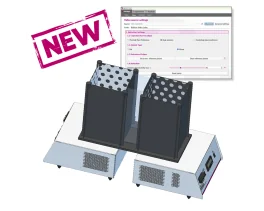

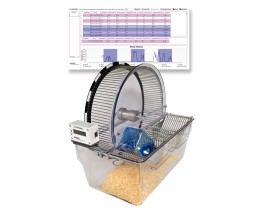

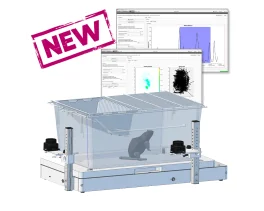

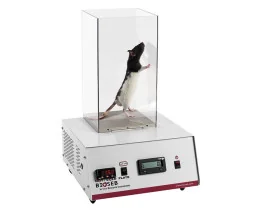
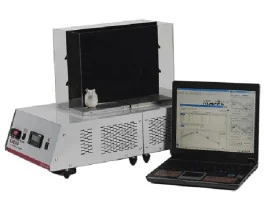
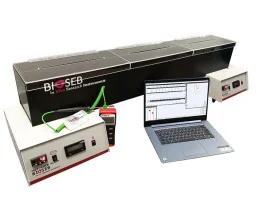
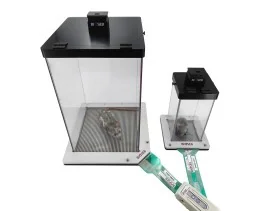
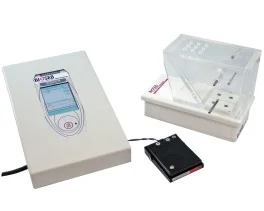
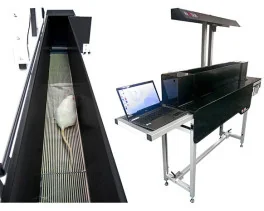
![Dynamic Weight Bearing 2.0 – Postural Module [Add-on]](https://bioseb.com/733-home_default/dynamic-weight-bearing-20-add-on-postural-module.jpg)
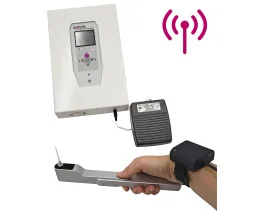
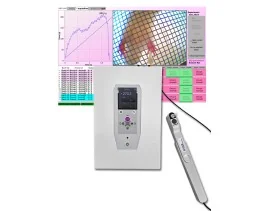

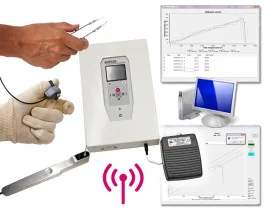
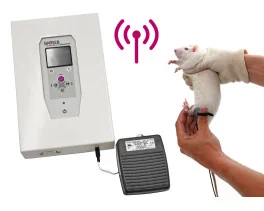
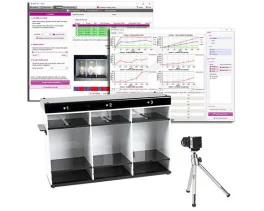
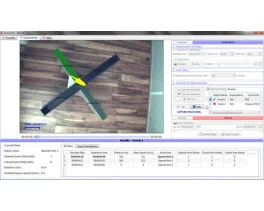
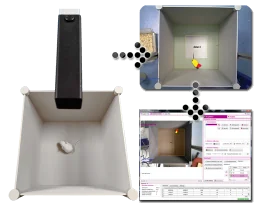


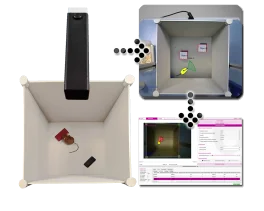
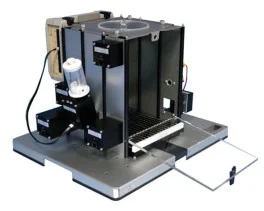
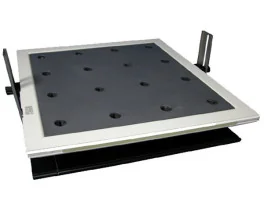
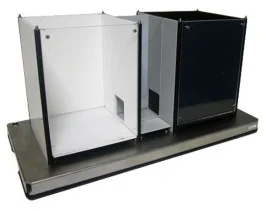

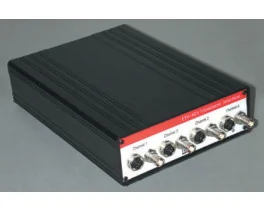
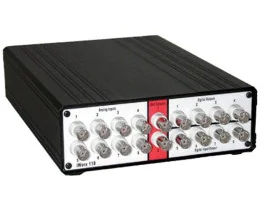
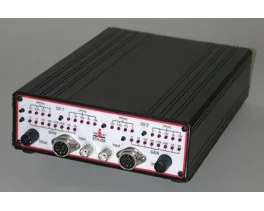
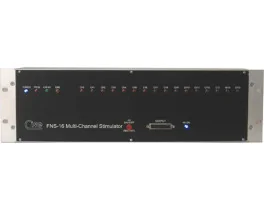
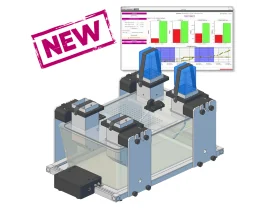
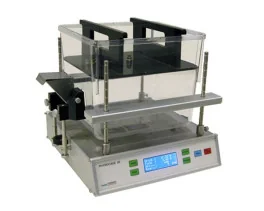
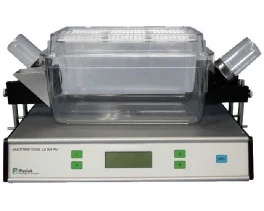
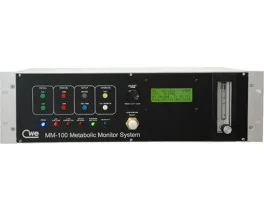
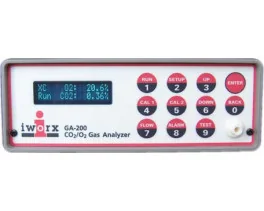
 Pain
Pain Central Nervous System (CNS)
Central Nervous System (CNS) Neurodegeneration
Neurodegeneration Sensory system
Sensory system Motor control
Motor control Mood Disorders
Mood Disorders Other disorders
Other disorders Muscular system
Muscular system Joints
Joints Metabolism
Metabolism Cross-disciplinary subjects
Cross-disciplinary subjects CONFERENCES & MEETINGS
CONFERENCES & MEETINGS